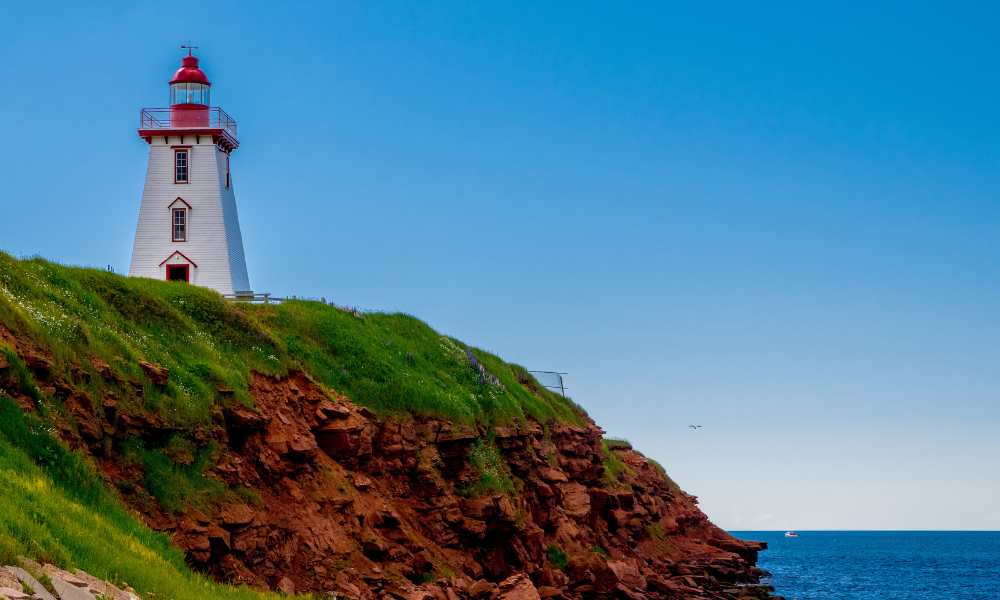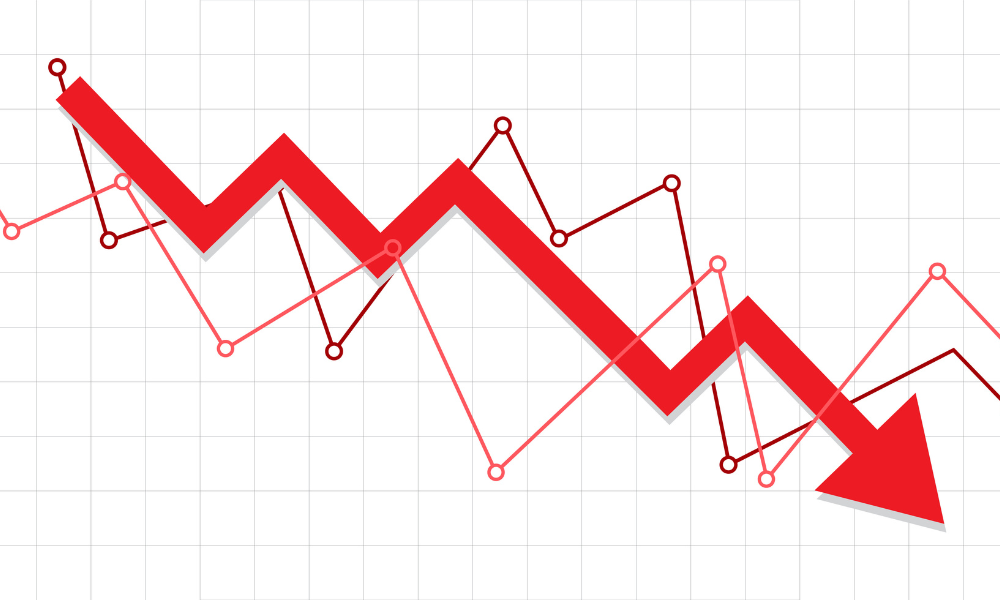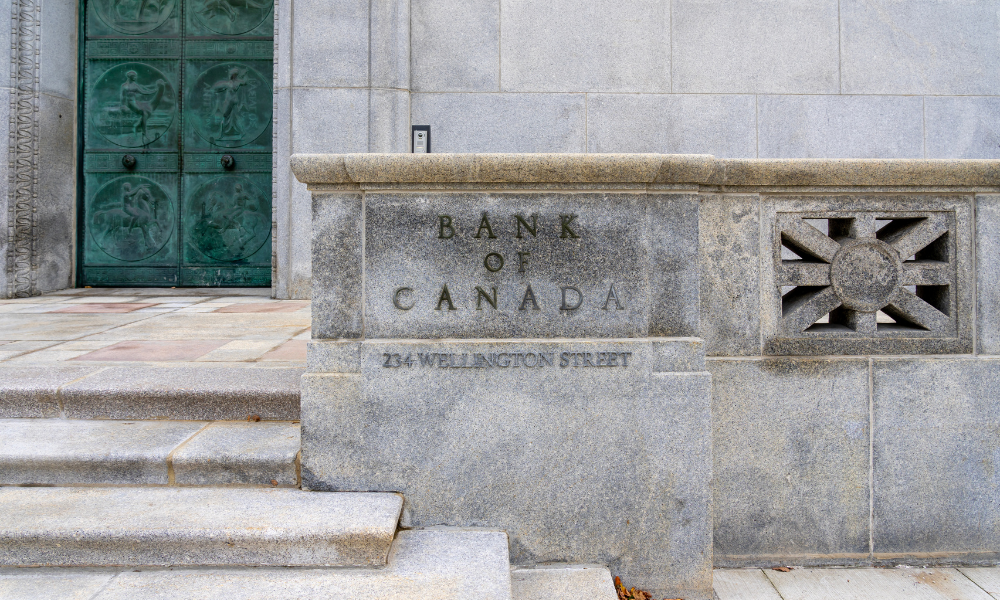Provinces cite US tariff threats and global instability in delaying balanced books and raising spending

In response to external economic challenges, including tariffs imposed by US President Donald Trump, both Prince Edward Island and Newfoundland and Labrador have tabled provincial budgets for 2025–26 that forecast record deficits and increased contingency funding.
The Canadian Press reported that Prince Edward Island’s Progressive Conservative government introduced a $3.5bn budget on Thursday, projecting a $183.9m deficit—the largest in the province’s history.
According to Finance Minister Jill Burridge, the figure includes a $32m tariff and trade contingency fund aimed at buffering the provincial economy from tariff-related disruptions.
“We recognize that our economy faces challenges far beyond our borders, especially the unpredictable and damaging tariffs that threaten Island exports,” Burridge told the legislature.
She stated the contingency fund would enable the province to “respond quickly when further disruptions occur to our economy over the next fiscal year.”
The budget includes $294.6m in new spending, marking a 9.1 percent year-over-year increase.
Tax reforms are also part of the plan, including an increase in the small business tax threshold to $600,000 and a corporate income tax reduction from 16 percent to 15 percent.
Burridge said these changes will help over 2,800 small and medium-sized businesses and deliver $9.3m in savings.
Personal tax reforms include an increase in the basic personal exemption to $14,650 for 2025, with a further rise to $15,000 planned for 2026. The minimum wage is set to increase to $17 per hour, though Burridge provided no additional details.
Health care remains the top expenditure priority, with nearly $1.1bn allocated to Health PEI.
An additional $4.8m will go toward virtual care and $4m to home-care programs for seniors. Education spending includes $117.3m, with $10.5m allocated to create 190 early learning spaces and $2.5m to expand the school lunch program.
“Securing our future means making thoughtful choices, standing up for what matters and staying committed to the work ahead and that’s exactly what this budget does,” Burridge said.
Interim Liberal leader Hal Perry criticised the budget, describing it as “a failure of management and imagination.”
He compared the deficit to the $172.7m shortfall forecast in 2020–21, noting it exceeded even the peak deficit during the COVID-19 crisis.
In Newfoundland and Labrador, Finance Minister Siobhan Coady tabled an $11bn budget on Wednesday projecting a $372m deficit.
Coady cited ongoing instability from US economic decisions as a reason to postpone balancing the books for another year.
“We’re in a period of global instability. There are a lot of uncertainties,” said Coady. “Now is not the time to make the dramatic changes to ensure that we’re back to balance.”
The budget includes a $200m contingency reserve to mitigate the effects of existing and potential US tariffs. Officials clarified that the reserve is not counted in the projected deficit but could increase the shortfall if used.
The province plans to borrow $4.1bn, increasing its net debt to $19.4bn. Debt servicing will comprise 10 percent of total expenditures. The province's largest expense is $4.4bn for health care, which represents 40 percent of overall spending.
Coady said some of the borrowed funds will finance infrastructure, including a new mental health hospital set to open in St. John's.
She added that the forecasted deficit equals about three percent of projected revenues.
The budget anticipates real GDP growth of 4.4 percent in 2025 and 1.6 percent in 2026. In 2024, real GDP increased by 6.7 percent.
Growth is expected to rise to 3.5 percent in 2027, driven by future energy projects including Equinor’s Bay du Nord offshore oil development and an electricity deal with Quebec projected to generate over $700m in the next fiscal year.
Oil royalties are forecast to represent about 15 percent of provincial revenue. The budget sets aside $90m over three years to support further oil exploration.
Energy Minister Andrew Parsons noted that five wind-powered hydrogen projects are at various stages of government approval, with one in western Newfoundland having passed environmental assessments.
Opposition Leader Tony Wakeham criticised the lack of details on health worker recruitment, stating, “If you have no plan and are simply reacting, then you actually wind up spending a lot more money.”
NDP Leader Jim Dinn said the budget failed to address affordability issues, adding it “misses the reality of many people in this province.”
Wednesday's budget is the final one under outgoing Premier Andrew Furey, who entered office in 2020.
Since then, the government has reduced the annual deficit from $1.6bn in 2020–21, although net debt has continued to grow.
Coady noted economic progress, citing record-high GDP, employment, and household income rates, and said, “I think we’re in good shape.”
According to Reuters, the US Treasury Department reported that net customs duties for March reached US$8.2bn—the highest since September 2022—due in part to new tariffs introduced under US president Donald Trump.
However, the claim that tariffs are generating US$2bn a day was noted as an overstatement.
For the first half of fiscal 2025, total customs duties reached US$43.6bn, up from US$37.7bn in the same period the year before.
Despite increased revenues, the US recorded a US$1.307tn deficit for the first six months of fiscal 2025—its second-highest on record for that period.
March's deficit alone stood at US$161bn, though adjusted figures accounting for benefit payment shifts suggest it could have been as high as US$244bn.



